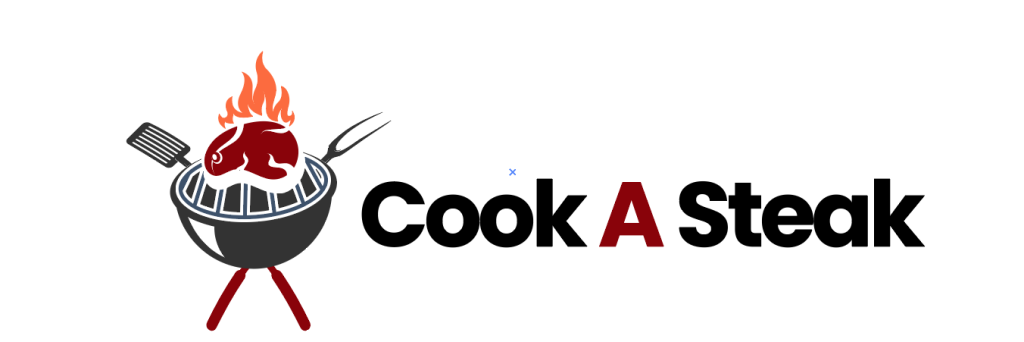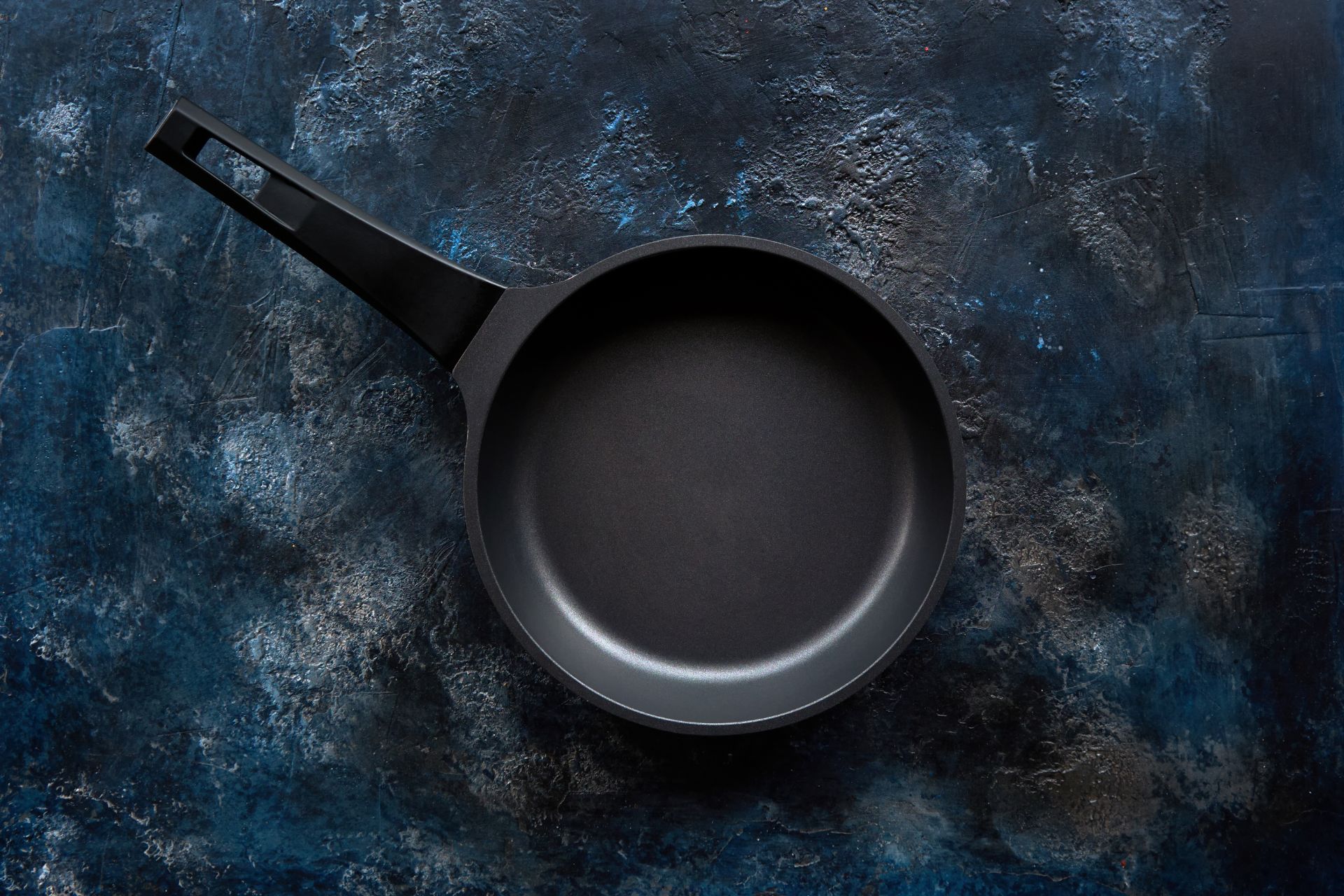Non-stick fry pans have become a staple in both home kitchens and professional settings, offering a blend of convenience and efficiency that traditional cookware can’t match.
As a restaurant owner and cooking blogger, I’ve tested dozens of models over the years—here’s everything you need to know to choose, use, and care for these kitchen workhorses.
Advantages of Non-Stick Fry Pans
Effortless Cooking (Even for Beginners)
The slick surface lets you flip pancakes, slide omelettes, and sear fish without the dreaded sticking that ruins meals. In my steakhouse, we use them for delicate sauces and quick vegetable sautés between grill orders. You’ll use 70% less oil compared to stainless steel pans, making dishes lighter without sacrificing flavor.
Cleaning Takes Seconds
After a 12-hour shift, the last thing my line cooks want is scrubbing burnt residue. A quick wipe with a soft sponge removes 95% of food debris. For stubborn bits, boiling water with baking soda does the trick without harsh chemicals.
Heat Distribution That Actually Works
Quality non-stick pans distribute heat as evenly as cast iron but weigh half as much. This means no hot spots burning your garlic while the onions stay raw—a common issue with cheaper models.
Understanding Non-Stick Fry Pans: Materials, Safety, and Maintenance
Non-stick fry pans are an essential tool in modern kitchens, but choosing the right one and maintaining it properly can be overwhelming. Let’s break down the key aspects to help you make informed decisions.
Materials Used in Non-Stick Fry Pans
The material of a non-stick pan greatly influences its performance, durability, and compatibility with your cooking needs. Here’s an overview of common materials:
| Material | Benefits | Drawbacks |
|---|---|---|
| PTFE (Teflon) Coated | Excellent non-stick properties; ideal for low-fat cooking. | Can degrade at high temperatures; not scratch-resistant415. |
| Ceramic Coated | Free from PTFE and PFOA; eco-friendly; tolerates higher heat. | Coating wears off faster; less durable than PTFE410. |
| Hard-Anodized Aluminum | Durable; excellent heat distribution; scratch-resistant. | Heavier than regular aluminum; may require handwashing15. |
| Stainless Steel with Non-Stick Coating | Long-lasting; induction-compatible; even heat distribution. | Expensive; heavier than other options419. |
| Cast Aluminum | Lightweight; affordable; heats quickly and evenly. | May warp over time if thin or poorly constructed19. |
Pro Tip: Look for pans labeled “PFOA-free” to ensure safety and eco-friendliness.
Are Non-Stick Pans Safe?
Non-stick cookware has faced scrutiny over health concerns, particularly regarding coatings like PTFE (commonly known as Teflon). Here’s what you need to know:
- Modern Safety Standards: Most non-stick pans today are free from harmful chemicals like PFOA (perfluorooctanoic acid), making them safer for everyday use.
- Temperature Limits: Avoid using non-stick pans at temperatures above 250°C (482°F) to prevent the release of toxic fumes or degradation of the coating.
- Health Risks: If a pan’s coating begins to flake or peel, it’s time to replace it to avoid ingesting particles that could pose health risks.
By following these guidelines and replacing worn-out pans, you can enjoy the convenience of non-stick cookware without compromising your health.
Choosing Your Perfect Pan: A Buyer’s Checklist
Material Matters
| Type | Best For | Drawbacks |
|---|---|---|
| Hard-Anodized Aluminum (Ninja, Circulon) | Even heating, durability | Not induction-compatible |
| Ceramic-Coated (GreenPan, SENSARTE) | Eco-friendly, high heat tolerance | Coating wears faster |
| Hybrid (HexClad, Our Place Titanium) | Metal utensil-friendly, oven-safe | Premium price tag |
Pro Tip: Avoid thin aluminum pans under $30—they warp at high temps and develop cold zones.
Size and Shape
- 8-10”: Eggs, grilled cheese (perfect for 1-2 people)
- 12”: Family-sized stir-fries, searing 4 steaks
- Deep Sides (3”+): Braises, curries, frying without splatter
My restaurant uses 14” commercial-grade pans for batch cooking, but home chefs should prioritize a 10-12” model with a lid.
5 Mistakes That Ruin Non-Stick Pans (And How to Fix Them)
- Overheating Empty Pans
→ Why it’s bad: Coatings break down above 500°F.
→ Fix: Always add oil/food before heating. Use medium heat max. - Using Metal Utensils
→ Why it’s bad: Even “safe” claims leave micro-scratches.
→ Fix: Silicone or wood tools only. Keep a dedicated spatula nearby. - Dishwasher Drama
→ Why it’s bad: Detergents strip coatings over time.
→ Fix: Handwash with dawn and a soft sponge. Dry immediately. - Stacking Without Protection
→ Why it’s bad: Creates scratches that trap food.
→ Fix: Place paper towels between pans or hang them. - Ignoring the “Dead Pan” Stage
→ Signs: Food sticks despite oil, discolored patches.
→ Fix: Replace immediately—flaking coatings are unsafe to use.
Caring for Your Non-Stick Pan
Proper care is essential for extending the lifespan of your non-stick pan. Here are some do’s and don’ts:
Do’s
- Use Medium-Low Heat: High heat can damage the coating over time. Stick to medium or low temperatures for most cooking tasks.
- Clean Gently: Wash your pan with warm water, mild dish soap, and a soft sponge. For stubborn stains, try boiling water with baking soda in the pan.
- Use Wooden or Silicone Utensils: Metal utensils can scratch the surface, reducing its non-stick properties.
- Store Properly: Hang pans or place paper towels between stacked ones to prevent scratches.
Don’ts
- Avoid Abrasive Cleaners: Steel wool or harsh chemicals can strip away the coating prematurely.
- Don’t Overheat an Empty Pan: Heating an empty pan can cause warping or damage to the non-stick surface.
- Skip the Dishwasher: While some pans are labeled dishwasher-safe, handwashing is always better for preserving their coating.
Prolonging Your Pan’s Life: A 30-Second Daily Routine
- Cool before washing (thermal shock cracks coatings).
- Season monthly with avocado oil (wipe, heat 2 mins, cool).
- Store upright or hung—never nested.
When to Upgrade Your Pan
Even the best non-stick surfaces last 2-5 years with daily use. If you notice:
- Eggs clinging despite proper oiling
- Fading color or cloudy patches
- Flakes in your food (a serious health red flag)
If you notice any of these issues, invest in a new pan to maintain safe and efficient cooking. By understanding the materials, safety considerations, and maintenance tips for non-stick fry pans, you’ll be able to choose cookware that suits your needs while ensuring it lasts as long as possible. Whether you’re a home cook or a professional chef, these insights will help you get the most out of your kitchen essentials!
Take Away
…it’s time to invest in a new model. My restaurants replace non-stick fry pans every 18 months—home cooks can stretch to 3 years with careful use. Non-stick fry pans aren’t just a trend; they’re a tool that bridges home cooks and pros.
Whether you’re flipping your first pancake or searing scallops for 100 covers, the right pan makes all the difference. Stick with trusted brands, avoid common care mistakes, and you’ll turn out restaurant-quality dishes with less fuss—and far fewer dishpan hands.

